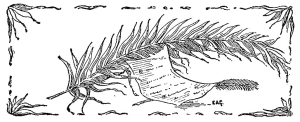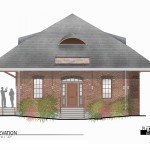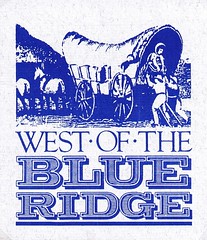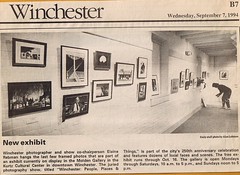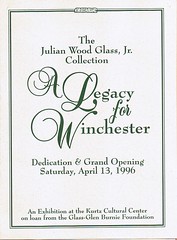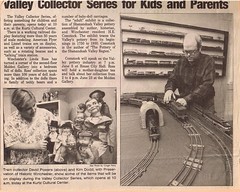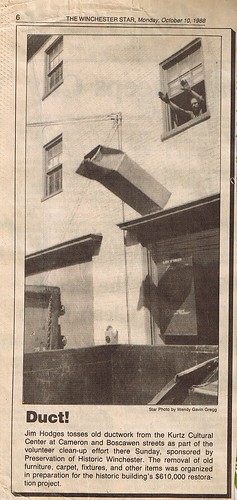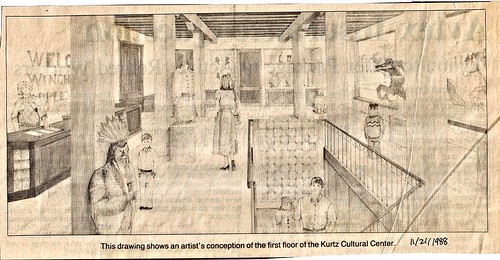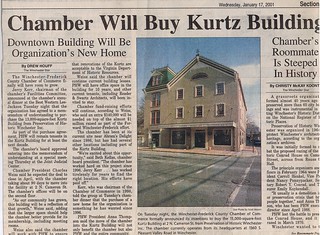 In 1999, PHW began talks with the Chamber of Commerce to sell the Kurtz Building. In January 2001, the deal was completed with a few stipulations. Although the Kurtz Cultural Center and Welcome Center would be closing, PHW would retain office space in the building for a period of time rent free. The Kurtz era officially came to a close on April 21, 2001 with “A Toast and a Tribute,” an event for the volunteers and staff who had poured a decade of time and love into the Cultural Center and Welcome Center.
In 1999, PHW began talks with the Chamber of Commerce to sell the Kurtz Building. In January 2001, the deal was completed with a few stipulations. Although the Kurtz Cultural Center and Welcome Center would be closing, PHW would retain office space in the building for a period of time rent free. The Kurtz era officially came to a close on April 21, 2001 with “A Toast and a Tribute,” an event for the volunteers and staff who had poured a decade of time and love into the Cultural Center and Welcome Center.
The closing of the KCC was a tumultuous time in PHW’s history. In addition to closing out the programs and activities, removing exhibit materials, and selling off Gift Shop inventory and fixtures, the PHW offices were relocated inside the Kurtz Building to much smaller quarters.(1) In the midst of this difficult process, PHW was still juggling the Blues House events, the renovation of 401-403 South Kent Street, and internally struggling to adapt from the past focus on the KCC programming back to preservation.
The sale of the Kurtz Building had finally provided PHW the means to ensure the financial longevity of the organization. The trouble arose in regards to what portion of the money should be reserved for preservation projects and what amount should be put toward operating expenses. In 2003, the schism between PHW board members reached its lowest point, resulting in PHW returning to a volunteer only operation and with a deeply reduced board and programming roster.
Times looked bleak for PHW, but the remaining board members committed to reorganizing and revitalizing the organization.
Additional information for this blog post came from PHW minutes from 1999-2003.
